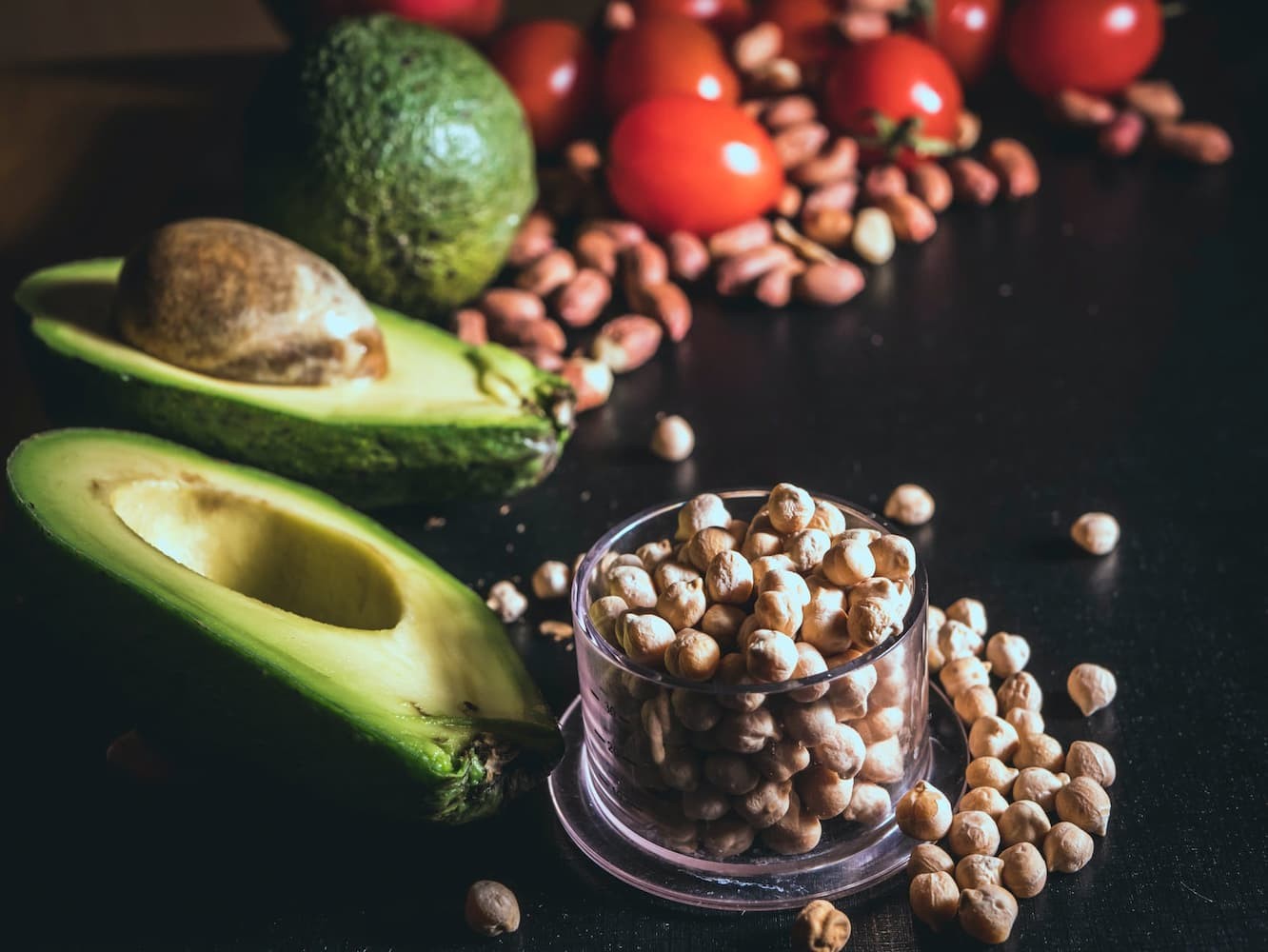What is Vitamin E?
Vitamin E is a fat-soluble vitamin that exists in eight different forms, with each form having its own biological activity. There are four tocopherols – alpha, beta, delta, and gamma – and four tocotrienols – also alpha, beta, delta, and gamma. Alpha-tocopherol is the most active form of vitamin E in the body and it is also a powerful antioxidant. Antioxidants such as vitamin E protect your cells against the effects of potentially damaging free radicals. Vitamin E has also been shown to play a role in immune function, in DNA repair, and other metabolic processes.
Alpha-tocopherol is the most maintained into the body and as well as being an antioxidant it also inhibits the activity of an important cell signaling molecule, as well as affecting the expression and activity of immune and inflammatory cells. It also inhibits platelet aggregation and improves vasodilation.
Vitamin E protects the skin from ultraviolet radiation and may protect against bladder cancer.
Sources of Vitamin E
Vitamin E can be found in:
- avocados
- vegetable oils
- grapeseed oil
- nuts
- green leafy vegetables
- fortified cereals
- sunflower seeds
- broccoli
- tomato
- blueberries
- kiwifruit
- capsicum
- parsley
- Brussels sprouts
Vitamin E Side Effects
Vitamin E deficiency is rare but there are three situations in which deficiency is likely to occur:
- if the intake of dietary fat is inadequate due to an inability to secrete bile or with rare disorders of fat metabolism
- individuals with rare genetic abnormalities in the alpha-tocopherol transfer
- premature, very low birth weight infants
Blood levels of vitamin E can also be decreased with a zinc deficiency. Deficiency in vitamin E is usually characterised by neurological problems associated with nerve degeneration in hands and feet. Individuals that cannot absorb fat will require a vitamin E supplement.
Vitamin E supplements taken in very high doses can have toxic effects such as intestinal cramps, diarrhea, fatigue, double vision, and muscle weakness. This is a dose of over 3000IU.
Originally published on Aug 26, 2008









